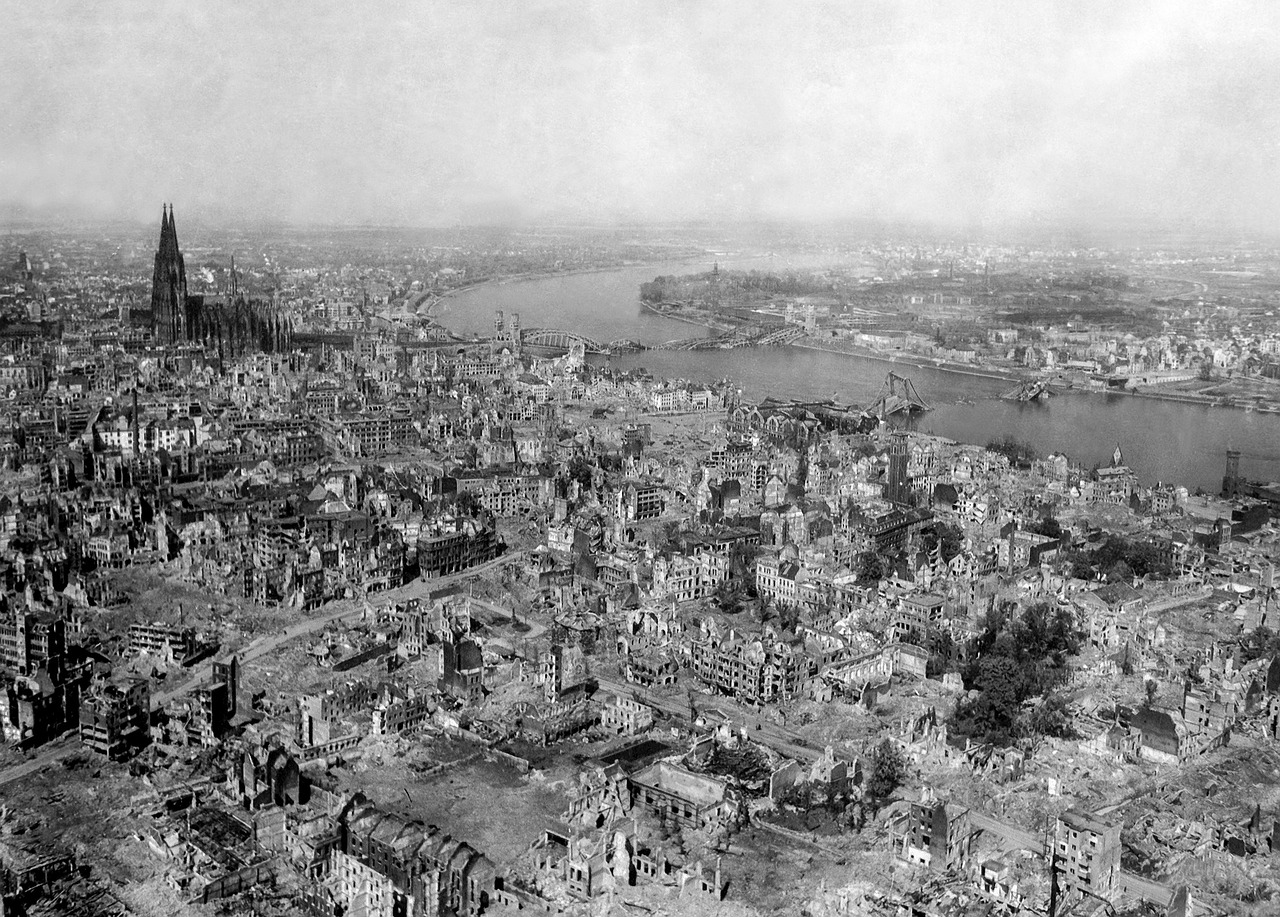Table of Contents
The Soviet–Afghan War (1979–1989) was a complex and bloody fight between the Soviet Union and Afghan allies, and a diverse group of Afghan resistance fighters, the Mujahideen. One of the most important Cold War proxy wars, it not just destroyed Afghanistan but hastened the end of the Soviet Union as well and planted seeds for subsequent instability in the region, such as the growth of extremist groups.
Background: A Fragile Government and Rising Tensions
In 1978, the People’s Democratic Party of Afghanistan (PDPA), a communist regime, came to power in a coup called the Saur Revolution. The new government implemented radical reforms, such as land reform, secular education, and gender equality. These reforms, however, ran against deeply entrenched tribal, cultural, and religious practices, leading to unrest.
With mounting resistance, internal strife, and instability, the Afghan government sought Soviet military intervention.
The Invasion: December 1979
In invading Afghanistan on 24 December 1979, the Soviet Union sent more than 100,000 troops in to shore up the ailing PDPA administration and put into power a less troublesome leader, Babrak Karmal. The action had been meant to stabilize Afghanistan while keeping Soviet domination of Central Asia intact.
It had the reverse effect. Invasion served to put all Afghan fractions — nationalists, tribal chieftains, and Islamic militants — into united resistance under a single movement, the Mujahideen.
A Brutal Guerrilla War
The Soviets had anticipated a rapid victory, but found themselves engulfed in a guerrilla war within Afghanistan’s harsh mountainous landscape. The Mujahideen employed ambushes, hit-and-run attacks, and in-depth local knowledge to weaken the Soviet army.
Even with superior firepower and aerial support, the Soviet army fought against:
Challenging geography
Inadequate intelligence
Low troop morale
Overwhelming sympathy for the Mujahideen among Afghan civilians
International Involvement: The Cold War Dimension
The war quickly drew in global powers:
United States
Operation Cyclone allowed the U.S., as well as Pakistan, Saudi Arabia, and China, to fund and equip the Mujahideen with billions of dollars’ worth of arms and training. Stinger missiles were the most prominent. They largely undermined Soviet air superiority.
Pakistan’s ISI
Pakistan’s Inter-Services Intelligence agency was central to the distribution of aid and the training of combatants, some of whom were religious extremists.
This turned Afghanistan into a Cold War arena, with the Soviet Union on one side and the U.S.-supported rebels on the other.
Casualties and Destruction
Soviet forces killed: ~15,000
Afghan civilians and combatants killed: More than 1 million
Refugees: More than 5 million Afghans fled to Iran and Pakistan
Large-scale destruction of villages, agricultural land, and infrastructure
The conflict also resulted in the large-scale displacement of Afghan society, creating a humanitarian crisis and long-term trauma.
Withdrawal and Aftermath
Facing increasing casualties, global condemnation, economic strain, and growing dissent at home, the Soviet Union began withdrawing troops under Mikhail Gorbachev’s leadership.
On February 15, 1989, the last Soviet soldier crossed back into the USSR, marking the end of the war — but not of Afghanistan’s troubles.
Shortly after the Soviet withdrawal:
- The communist Afghan government held out until 1992 before collapsing.
- The Mujahideen factions turned against each other, leading to a bloody civil war.
- The power vacuum and chaos eventually gave rise to the Taliban in the mid-1990s.
Legacy of the War
For Afghanistan:
The war ruined the country, scarring it forever.
It undermined the nation for decades and served to empower extremist ideologies.
For the Soviet Union:
The war exhausted Soviet money and morale.
It was a primary cause among several that broke up the USSR in 1991.
For the World:
The war accelerated the emergence of worldwide jihadist trends.
It paved the way for all the ensuing conflicts in the region, including the US invasion of Afghanistan in 2001 following 9/11.
Conclusion
The Soviet–Afghan War was than a Cold War skirmish — it was a disastrous conflict that remade the contemporary Middle East, helped bring down a superpower, and left a legacy of instability and extremism that continues to this day. Its teachings on foreign intervention, guerrilla warfare, and unintended consequences continue to echo in international politics today.

